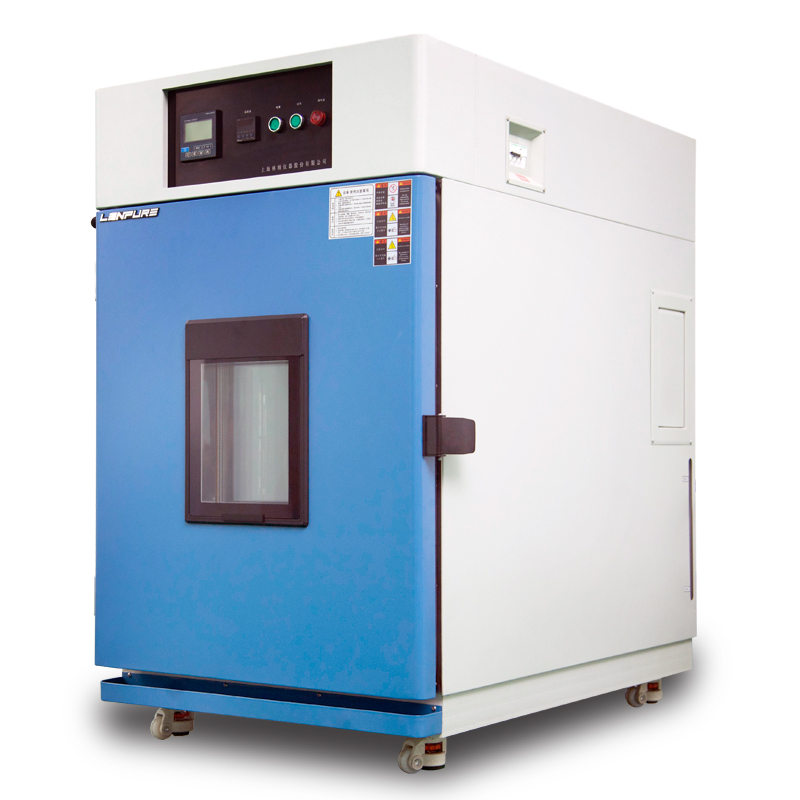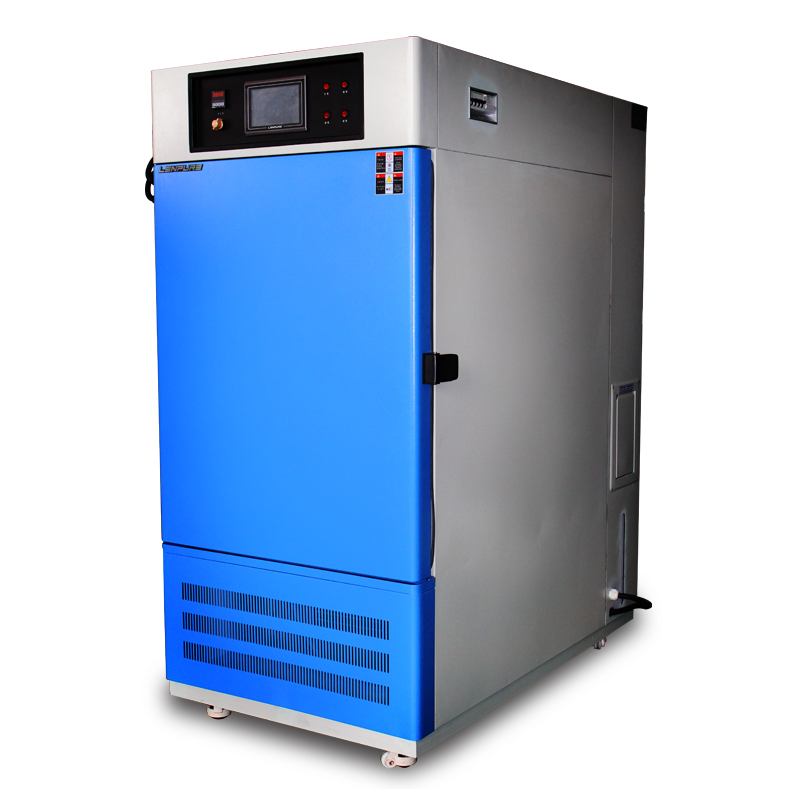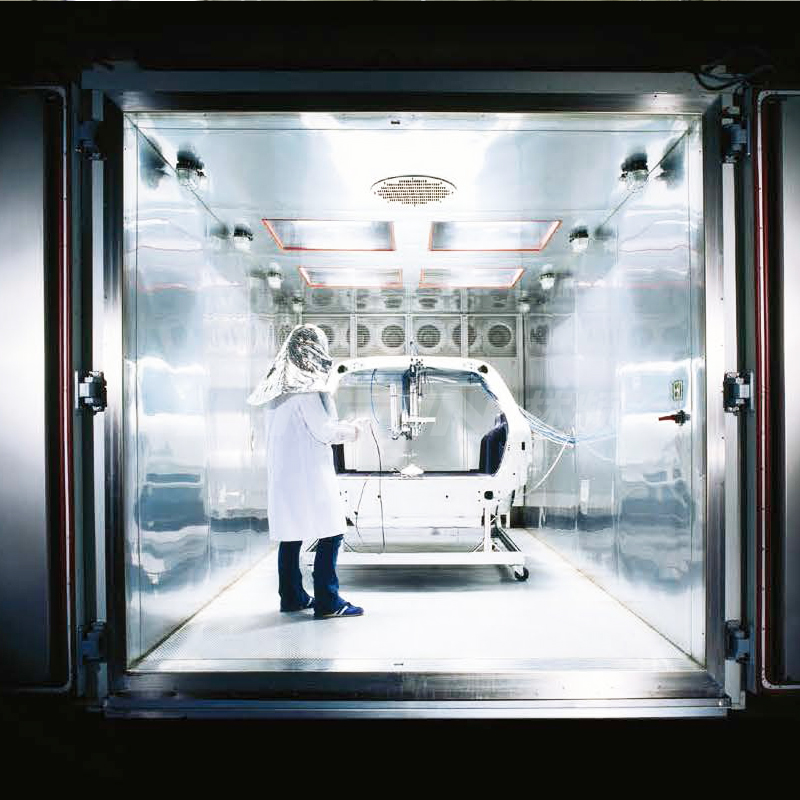How Does a Low-Temperature Test Chamber Maintain a Constant Low-Temperature Condition?
Author:LINPIN Update Time:2025-04-16 Source:LINPINIn the exploration of material properties, scientific research experiments, and industrial production processes, low-temperature test chambers play an indispensable role as critical testing equipment. Through a series of precision designs and technologies, they meticulously create a stable and constant low-temperature environment, providing a solid foundation and reliable assurance for various experiments.
The core of a low-temperature test chamber lies in its highly efficient refrigeration system. This system typically consists of key components such as a compressor, condenser, evaporator, and throttling device. The compressor compresses the refrigerant into a high-pressure, high-temperature gas, which is then cooled into a high-pressure liquid by the condenser. Next, the high-pressure liquid passes through the throttling device to reduce pressure, enters the evaporator, and rapidly evaporates, absorbing heat from the chamber to achieve cooling. The intelligent temperature control device equipped with the refrigeration system monitors the chamber's temperature in real time and automatically adjusts the refrigerant flow rate and circulation speed based on preset test conditions, ensuring minimal temperature fluctuations to meet high-precision testing requirements.
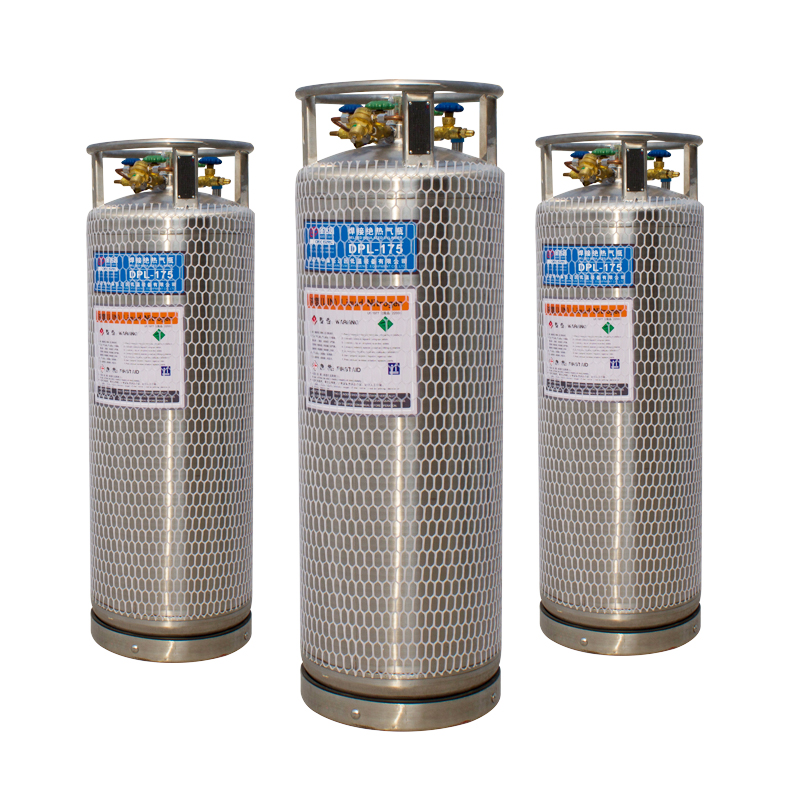
In addition to the efficient refrigeration system, the test chamber employs multi-layer insulation materials to isolate external heat from affecting the internal temperature. These insulation materials typically include high-density foam, fiberglass, and vacuum insulation panels, which exhibit excellent thermal insulation properties and stability, enabling the chamber to maintain a constant internal temperature over prolonged low-temperature conditions. The thickness and density of the insulation materials are also carefully designed to enhance thermal insulation without compromising the chamber's internal space.
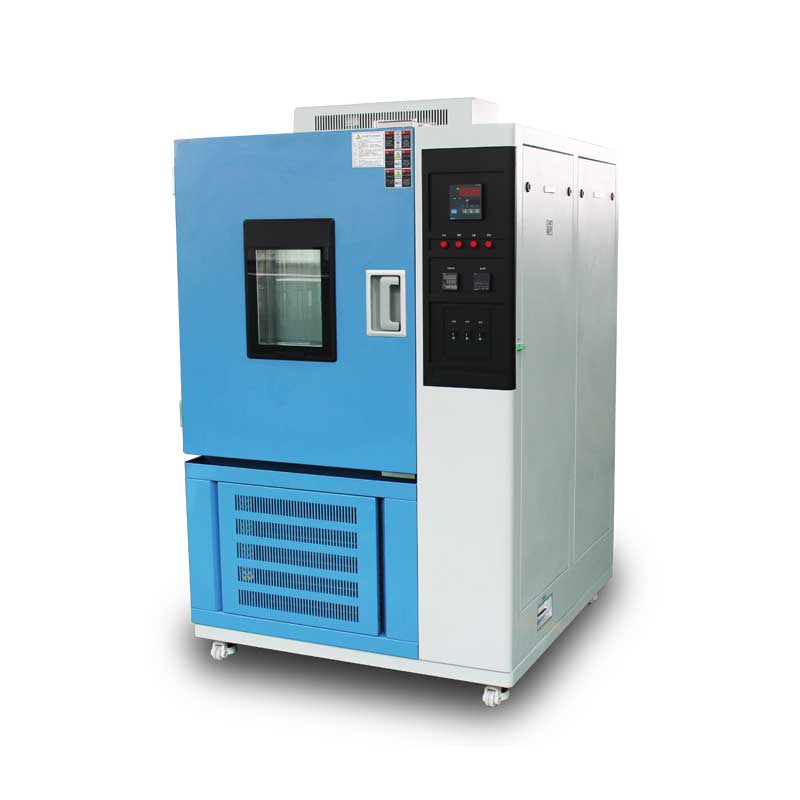
To ensure the accuracy and reliability of tests, low-temperature test chambers are also equipped with various sensors and monitoring systems. These sensors can monitor parameters such as temperature, humidity, and pressure inside the chamber in real time and transmit the data to the control system. Based on preset test conditions and real-time monitoring data, the control system automatically adjusts the performance of the refrigeration system and insulation materials to maintain a stable low-temperature environment. Furthermore, the control system includes an alarm function that triggers alerts and protective measures when the chamber's temperature exceeds the preset range, ensuring the safety of the experiments.
Through its efficient refrigeration system, multi-layer insulation materials, and intelligent monitoring and control systems, the low-temperature test chamber collectively ensures the maintenance of a stable and constant low-temperature environment, providing robust support for various scientific research experiments and industrial production.

